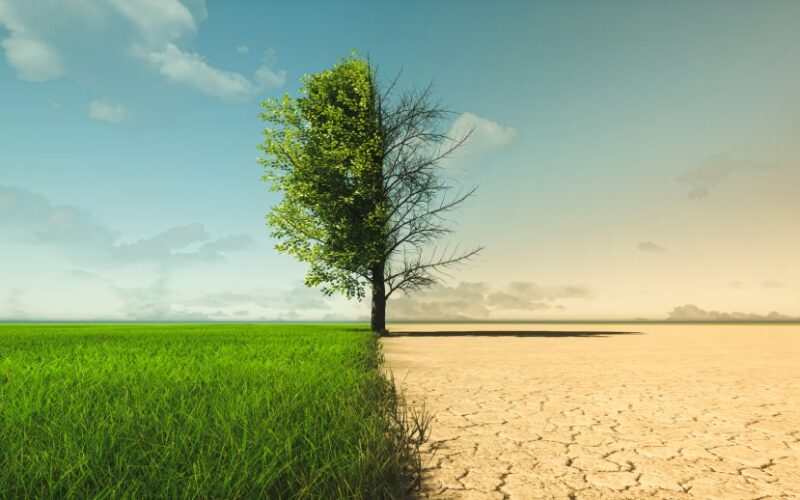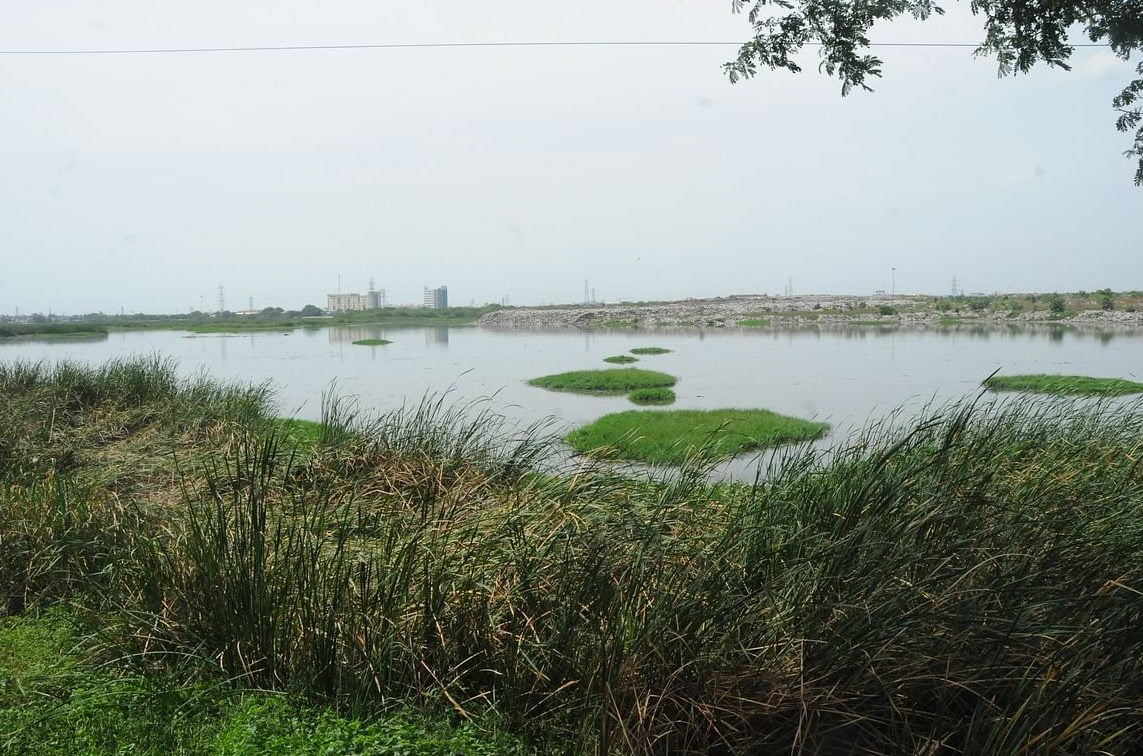One of the greatest threats we currently face is global warming. Global warming refers to the increase in the Earth’s average surface temperature, including the atmosphere and oceans. Studies indicate that since 1850, the Earth’s surface temperature has risen by approximately 1.0°C. Simultaneously, carbon concentration in the atmosphere has increased by 28%.
This is a continuing effect that has persisted since the mid-20th century. It is estimated that the Earth’s temperature could rise by 1 to 4°C. Scientists have confirmed that by 2100, the global average temperature may increase by 4°C.
Causes of Global Warming
Historically, numerous plants and trees absorbed carbon dioxide (CO2) and provided us with oxygen. This created a natural balance. However, over time, deforestation, industrialization, increased carbon dioxide emissions, excessive use of synthetic fertilizers, and plastic use have led to the release of greenhouse gases. As a result, the Earth’s temperature has significantly risen.
These greenhouse gases absorb the sun’s rays without any obstruction and prevent the heat from escaping back into space, resulting in a warming effect. These gases, which reside 15-60 kilometers above the Earth’s surface, damage the ozone layer—a protective shield that blocks harmful ultraviolet rays from the sun. This increase in temperature not only contributes to global warming but also causes skin cancer, immune system deficiencies, and other health issues.
Greenhouse gases or “greenhouse gases” include water vapor (36-70%), carbon dioxide (9-26%), methane (4-9%), and ozone (3-7%). Additionally, gases such as methane (CH4), nitrous oxide (N2O), hydrofluorocarbons (HFC), perfluorocarbons (PFCs), and sulfur hexafluoride (SF6) are also contributing factors.
Population growth, increased electricity use, coal and fossil fuel combustion for power generation, rising vehicle use, and methane emissions from humans, animals, and plants have all contributed to the rise in greenhouse gases.
The Greenhouse Effect
The greenhouse effect is the process by which heat is trapped in the Earth’s atmosphere. In cold regions, greenhouses are constructed to grow plants, which are kept warmer than the outside environment. These structures prevent cold air from entering while retaining the heat generated inside.
The primary reason for this is that the carbon dioxide emitted by the plants inside the greenhouse traps heat and prevents it from escaping. This phenomenon is what we refer to as the greenhouse effect.
Similarly, the Earth has now become like a greenhouse. The carbon dioxide accumulating in our atmosphere traps the heat within, preventing it from escaping. Consequently, the Earth’s temperature is gradually increasing.
Consequences of Global Warming
The unprecedented rise in temperature, increasing sea levels, and shrinking polar ice caps have begun to reveal the stark consequences.
Melting of Ice Caps: Historically, during the “Little Ice Age” between 1550 and 1850, glaciers formed under extremely cold conditions. However, by 1940, due to global warming, these glaciers began to recede.
From 1950 to 1980, a slight global cooling led to a reduction in glacier retreat. However, since 1980, the melting of glaciers has accelerated dramatically, raising concerns about the future of these ice masses. This destruction has been particularly rapid since 1995.
Oceans: The impact of global warming on the oceans is significant. Oceans act as a sink for carbon dioxide, absorbing CO2 from the atmosphere and leading to ocean acidification. However, as ocean temperatures rise, their ability to absorb CO2 diminishes. The increasing temperature, melting ice sheets, and rising sea levels are all effects of global warming.
From 1961 to 2003, the global ocean temperature has increased by 0.10°C up to a depth of 700 meters.
Solutions
It is evident that human actions are the primary cause of global warming. The solutions lie in changes within political, economic, and social systems. Even if we reduce greenhouse gas emissions, the rise in temperature will not stop immediately. It will take time for the temperature to stabilize. The first step is to cap global greenhouse gas concentrations at 450 to 550 parts per million (ppm).
Governments and social organizations are actively working on this issue. Key measures include adopting organic farming, using renewable energy sources like solar and wind power, and taking steps to prevent environmental degradation.
Our Contribution to Mitigating Global Warming
- Turn off electrical appliances when not in use.
- Replace incandescent bulbs with CFLs.
- Purchase energy-efficient appliances rated 4 or 5 stars.
- Reduce waste and avoid using plastic bags.
- Use public transportation whenever possible.
Reduce: Minimize the production of electronic devices and avoid unnecessary use of electronics. Prolong the lifespan of electronic devices.
Reuse: Repair and reuse electronics. Developed countries should allow developing countries to use their discarded but functional electronics.
Recycle: Extract raw materials from electronic waste without harming the environment. Establish industries equipped with advanced recycling technologies.
Humanity’s ongoing detrimental impact on Earth has led to global warming, a stark consequence that is now crystal clear. This has sparked discussions about the potential destruction of the planet.
There are even reports claiming that the world is on the brink of destruction. Scientists have already warned that environmental degradation has set off events leading to the planet’s downfall. Therefore, our only option now is to take steps to mitigate these effects. Let us prepare for this challenge and pledge to protect the Earth we live on.
Dr. S. Shenbagavalli, Assistant Professor, Department of Environmental Science; Dr. T. Prabhu, Associate Professor and Head, Department of Horticulture, Horticultural College and Research Station, Periyakulam; Dr. S. Ponmani, Assistant Professor, Department of Environmental Science, Mother Teresa College of Agriculture, Iluppur, Pudukkottai.









